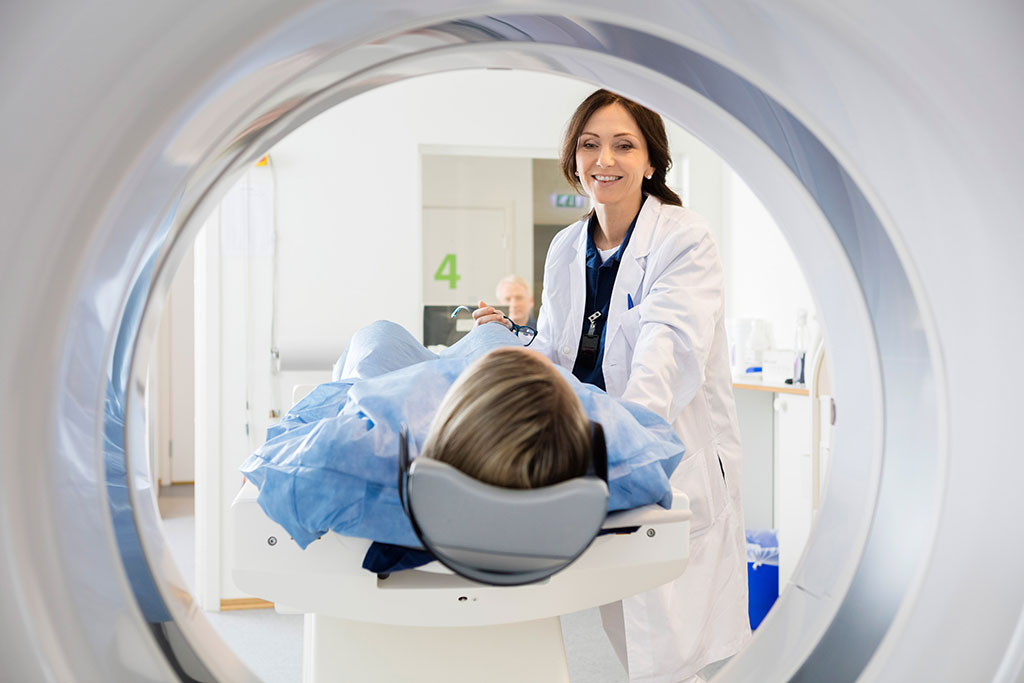PET/CT in Pregnant Women Acceptable to Many Radiologists
By MedImaging International staff writers
Posted on 03 Nov 2021
A recent poll reveals a majority of nuclear medicine physicians would consider positron emission tomography/computed tomography (PET/CT) scanning in pregnant women, when warranted. Posted on 03 Nov 2021
Researchers at the University of New South Wales (Sydney, Australia), and St. Vincent's Hospital (Sydney, Australia) conducted a qualitative nine-item survey of 33 nuclear medicine physicians in Australia and New Zealand regarding their practice and experience regarding PET/CT during pregnancy. The level of professional experience of respondents was high, with the majority (69%) in practice for over 15 years, and 47% for more than 20 years. The completion rate of the survey was 94%.

Image: Experts concur that PET/CT in pregnant women can be performed if necessary (Photo courtesy of Shutterstock)
The results showed that 27% of respondents had direct experience performing PET/CT in pregnant women, with 15% of these with experience specifically with pregnant women with lymphoma. Of those with no experience of administering PET/CT during pregnancy, 56% said they would perform studies in carefully selected patients with appropriate multidisciplinary consultation, and a further 36% said they would consider it, for a grand total of 98% overall.
The respondents were also asked which modifications they would consider important for PET/CT in pregnant women, replying (in order of importance) that reduced radiotracer pharmaceutical dose, reduced CT milliampere seconds (mAs) or kilovoltage peak (kVp) dose levels with formal dosimetric calculations, and intravenous (IV) fluid administration, forced diuresis, and the placement of an indwelling urinary catheter would be needed. The survey was published on October 18, 2021, in Internal Medical Journal.
“It is important to continue to define the role of PET/CT in pregnancy, particularly as this imaging modality has emerged as the standard of care in staging and response assessment for many cancers,” concluded lead author Pietro Di Ciaccio, MD, of St. Vincent's Hospital, and colleagues. “There is emerging evidence that likely absorbed fetal doses in pregnancy are relatively low, and as such in certain circumstances PET/CT may be acceptable. Ultimately, the guiding principle ought to be a judicious balance between likely therapeutic benefit of PET/CT versus potential maternal and fetal harm from radiation exposure.”
PET is a nuclear medicine imaging technique that produces a 3D image of functional processes in the body. The system detects pairs of gamma rays emitted indirectly by a positron-emitting radionuclide tracer. Tracer concentrations within the body are then constructed in 3D by computer analysis. In modern PET-CT scanners, 3D imaging is often accompanied by a CT X-ray scan performed on the patient during the same session, in the same machine.
Related Links:
University of New South Wales
St. Vincent's Hospital














